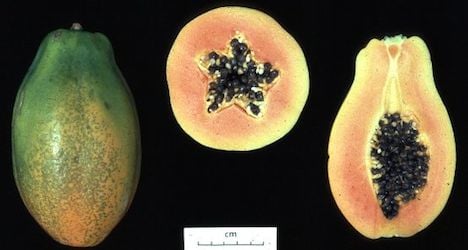On Thursday evening, the EU environmental ministers are expected to vote almost unanimously for national opt outs for GMO products.
This has been an issue since 2010. Originally, only Austria and the Netherlands wanted to have the option of opting out of GMO products. Now, it appears that most of the ministers at the council meeting on Thursday – Austria is represented by Environment Minister Andrae Rupprechter – will vote in favour. Only Belgium and Luxembourg are expected to abstain.
The new regulation is planned as a two-step model. If – for example – the US gene-technology giant Monsanto requested permission to export a GMO product to Austria, Austria could say no. If Monsanto agreed, then the issue was over.
If it disagreed, however, Austria could approach the EU Commission with arguments as to why it did not want the product. The reasons for opting out in the second step were clearly defined – regional planning, land use, social-economic consequences or agrarian-political goals. If the regulation is passed, then all 28 EU member states will be able to opt out.



 Please whitelist us to continue reading.
Please whitelist us to continue reading.
Member comments